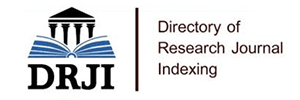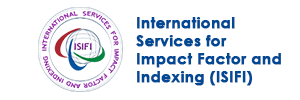
Journal Basic Info
- Impact Factor: 1.995**
- H-Index: 8
- ISSN: 2474-1647
- DOI: 10.25107/2474-1647
Major Scope
- Urology
- Obstetrics Surgery
- Plastic Surgery
- Minimally Invasive Surgery
- Gynecological Surgery
- Neurological Surgery
- Ophthalmic Surgery
- Cardiovascular Surgery
Abstract
Citation: Clin Surg. 2017;2(1):1396.Research Article | Open Access
Culture Results at Pancreatic Necrosectomy: The Microbiology of Infected Pancreatic Necrosis
Charles Coventry, Pranavan Palamuthusingam, Eu Ling Neo and Venkat Vanageti
Department of Surgery, Royal Adelaide Hospital, Australia
Senior Research Officer, James Cook University, Australia
*Correspondance to: Charles Coventry
PDF Full Text DOI: 10.25107/2474-1647.1396
Abstract
Introduction: Necrotizing pancreatitis occurs in 5-10% of patients with acute pancreatitis. Infected pancreatic necrosis (IPN) is a feared complication. Historically, causative organisms were Gramnegative bacteria, but recent international studies now report a predominance of Gram-positive bacteria. Not all the literature is consistent, and there may be regional variation. There is very limited Australian data. This study aims to report causative organisms in IPN in the Australian setting.Materials and
Methods: Retrospective medical record review of all patients who underwent pancreatic necrosectomy at a single centre (tertiary referral center in Adelaide, South Australia) between January 2005 and December 2015. Intraoperative culture specimens were reviewed and the Gram-status and antimicrobial sensitivities noted.Discussion and
Results: A total of 1296 patients were admitted for acute pancreatitis in the study period. 28 patients underwent pancreatic necrosectomy. Mean age 55.71 years (range 30-79), including twenty males and eight females. All patients had intraoperative cultures taken. 20 cultures demonstrated growth. There were 12 Gram-negative isolates (34.3%), 20 Gram-positive isolates (57.1%) and three fungal isolates (8.6%). Two bacterial isolates were antibiotic resistant organisms (one MRSA and one VRE).Conclusion: The findings were consistent with the majority of recent international studies demonstrating a predominance of Gram-positive organisms.
Keywords
Infected pancreatic necrosis; Pancreatic necrosectomy; Necrotizing pancreatitis
Cite the article
Coventry C, Palamuthusingam P, Neo EL, Vanageti V. Culture Results at Pancreatic Necrosectomy: The Microbiology of Infected Pancreatic Necrosis. Clin Surg. 2017; 2: 1396.













